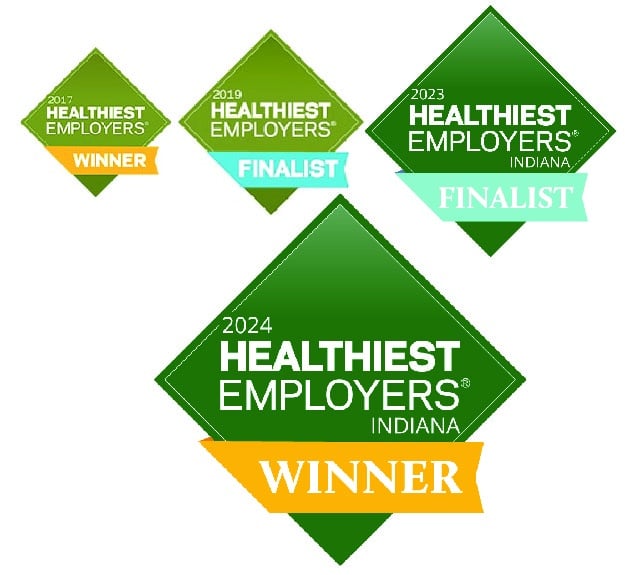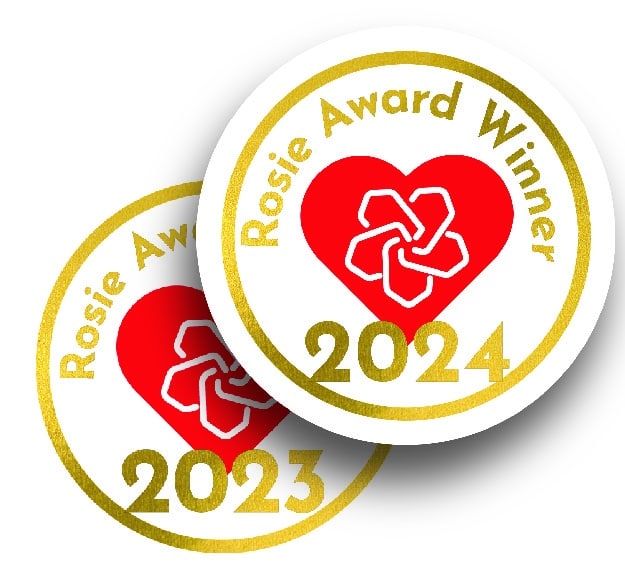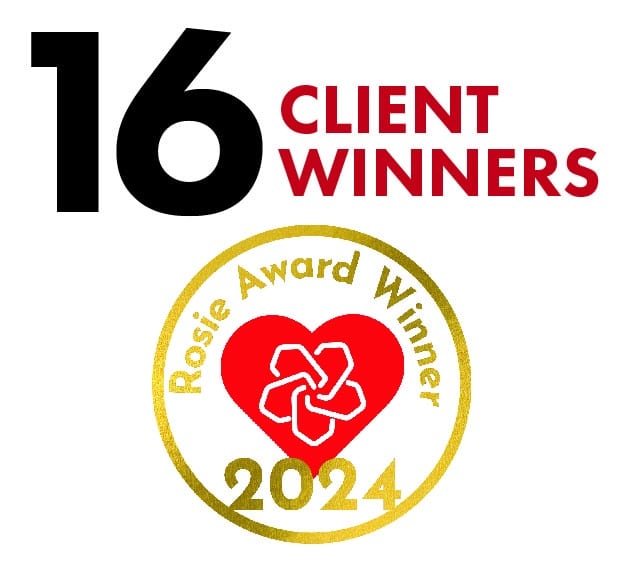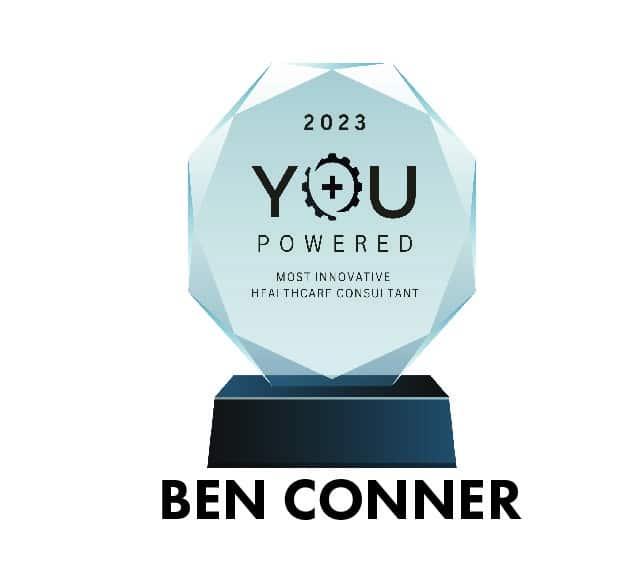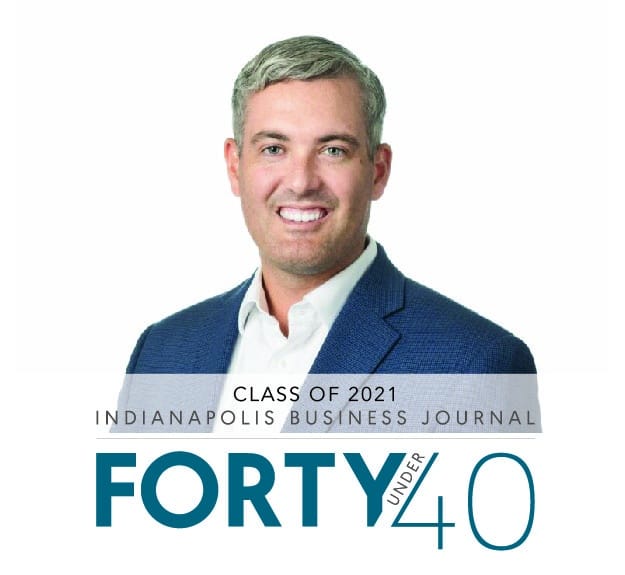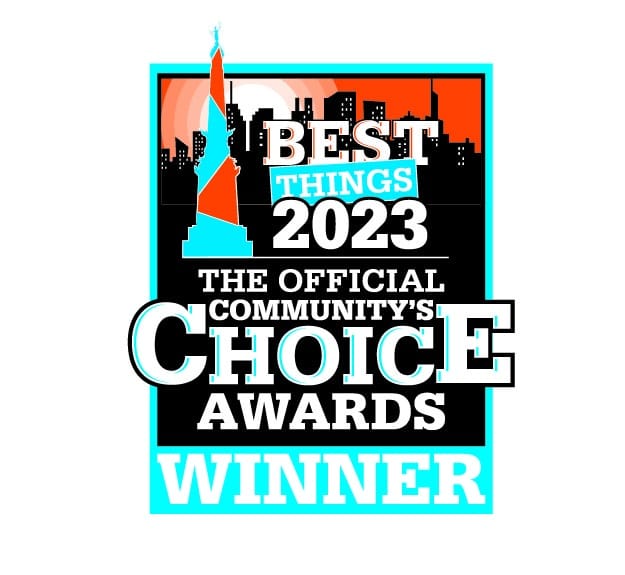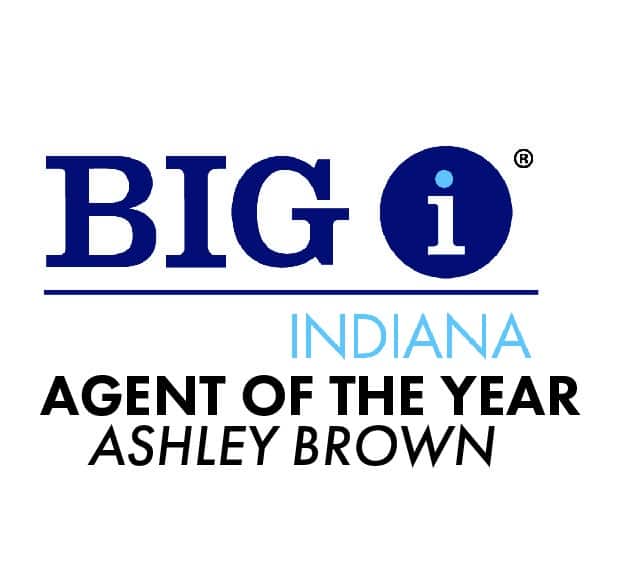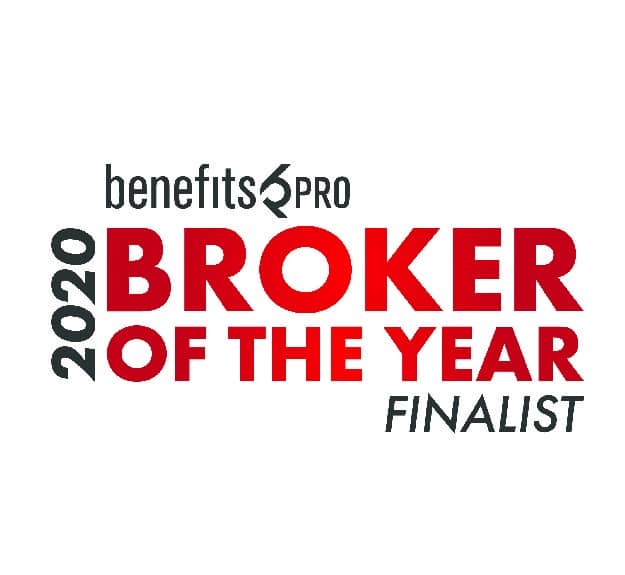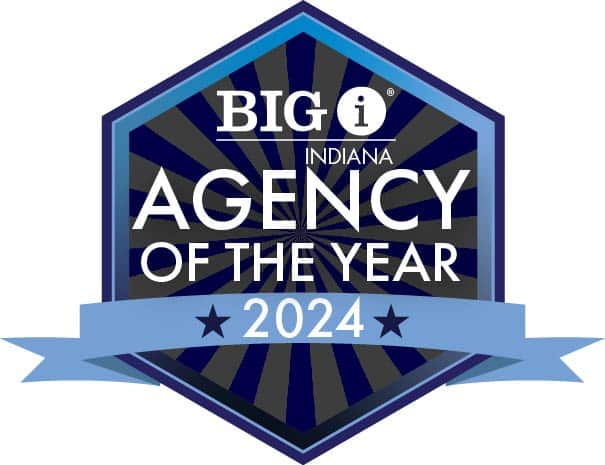2 trends that will transform employee rewards programs in 2019

It’s no secret that the U.S. labor market is tight. At present there is less than one job-seeker per job opening in the United States—a situation that is causing organizations of all sizes to reevaluate their rewards strategies.
As the new year unfolds, organizations are facing a number of profound and fundamental changes. Perhaps none of these is as great as the expectation, brought on by societal shifts, that companies will transform from a business enterprise into a social enterprise; i.e., an organization whose mission combines revenue growth and profit-making with the need to respect and support its environment and stakeholder network. This seismic shift is not only impacting companies around the world, but also changing the way candidates judge employers and employment opportunities.
To address strong competition for talent, employers are increasingly using their rewards offerings to differentiate their organizations and generate candidate interest. Employment opportunities and advantages can seem similar, especially in established industries where many employers are chasing a limited number of talented people and the “democratization” of compensation data has leveled the playing field between employees and employers around knowing what a job is worth. Creative rewards programs can be a powerful way to communicate not only how an organization values its employees, but also how it pursues its mission.
Rewards can play another critical role. By structuring offerings correctly, it’s possible to attract specific classes of candidates—those individuals who can help meet essential business objectives while fitting with an organization’s culture, value system, and way of working. Nothing demonstrates a company’s commitment to its employees quite like its rewards philosophy.
Given the current hiring environment, organizations are being pushed to become more innovative than ever in how they reward and support their workers. Two trends in particular are changing the rewards landscape—and will likely become more evident in the coming year:
1. Rewards will become crucial to the employment brand.
Flexible programs can build authenticity, demonstrate empathy, reinforce workplace culture, and help organizations realize business goals. Showing empathy for career and life stage challenges, for example, can reinforce a company’s reputation for employee support while also helping to “close the deal” on ideal candidates.
Organizations can develop their employment brand, support their employees and, at the same time, further their strategic hiring objectives through careful rewards planning. For example, a company built on agility might emphasize how their frequent compensation review cycles and flexible rewards offerings, set them apart from organizations with more traditional programs and cycles. Or another organization, needing to attract large numbers of highly educated, early-career workers, might highlight their innovative approaches to helping employees deal with student debt.
2. Advanced analytics will support personalized rewards.
A second trend to watch in 2019 is how employers are collecting, combining, and interrogating more sources of data than ever before to better understand workers and then optimize their offerings to meet employee needs and preferences. By mining their people data to define various segments within their workforces, organizations can determine the characteristics and preferences of each segment, or “persona,” using rewards optimizations surveys and other methods to collect employee input directly from the source – employees themselves.
Personalizing rewards based on the needs of an organization’s actual workforce – rather than an industry benchmark or broader set of market data – can be a truly powerful tool to extend worker loyalty, reduce churn, and improve engagement. And while a wealth of information to inform these efforts is there for the taking, the tools that enable collecting and analyzing such data, as well as administering actual rewards programs, are continuing to develop. As they do, perhaps it will soon be possible to go even further, implementing individualized rewards programs that are tailored to each employee’s unique circumstances.
High performers lead the way
High performing HR organizations are already embracing these trends. Bersin TM, Deloitte Consulting LLP’s 2018 High-Impact Total Rewards research indicates that high performing organizations are 5.6 times more likely than low performing organizations to say that their rewards brands reflect their organization’s culture to a great or very great extent. Moreover, these organizations are exponentially more likely to report strong alignment between their rewards strategy and their business goals.
Top performing employers are using a wide variety of channels—internal communications, social media, job boards, HR chatbots, and recruiting collateral— to share information about their rewards strategies and programs, using messaging that is tailored to the environment, so employees and candidates receive what they need, when they need it.
Rewards professionals in these organizations are also working in close partnership with their talent acquisition colleagues to sense the market, remain aligned with candidate desires, and reinforce the rewards/employment brand connection. Doing so can result in a rewards brand that accurately represents the organization’s internal realities, as well as the needs of the marketplace.
With respect to analytics, high performing organizations are six times more likely than their low performing counterparts to report using data and analysis to understand employee preferences. They also use analytics to evaluate the impact of existing rewards offerings and predict the utilization of and return on investment for new or evolved offerings.
It’s clear that the war for talent will not be over anytime soon. As evidenced by the rise of the social enterprise, candidates are expecting more from their prospective employers; they’re increasingly seeking a relationship, rather than simply a workplace. Rewards are evolving—and the market is demanding greater flexibility, innovation, and personalization. Employers who embody these traits can succeed not only in 2019, but also in the years to come.
Original article from Benefits Pro.



